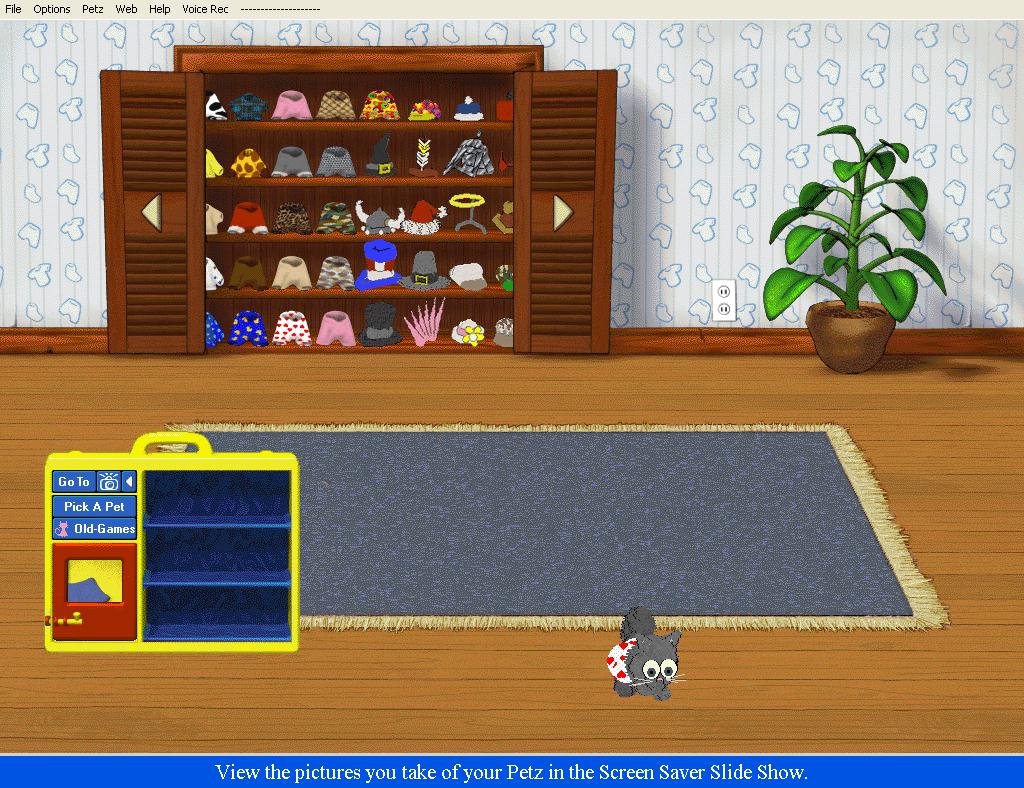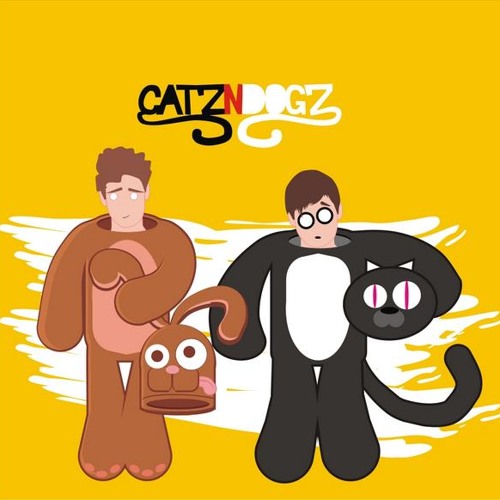

The template that is injected into the element depends entirely on what we specify in using the $stateProvider object in our app.js file. The router is going to take that element and inject certain templates (html pages) into it depending on which route we're using. The element and it's placement is crucial to understanding how routing works.

It will be up to you to determine what else is necessary. app.js - Only the home state has been provided.index.html - The structure of the page and CDN's have been provided.services - We have provided all of the necessary cat and dog data for you.Take a look at the file structure and files that have been provided to you for this project. Note If your text editor supports its own live-server package, install the package and run live-server directly from your editor. You should see the initial state of your application. The line after should print out: Starting. When you are ready, cd into your folder and run.Setupįor this project you're going to need to serve your files through a live-server In this repo, you'll continue to practice fundamental Angular principles you've learned like controllers, services, and Angular directives. Also, notice that within each of the cats and dogs pages, you are able to access the individual cats and dogs on new state views. Notice that the app starts at the home page, and is linked to both of the cats and dogs pages using ui-router. Take a look at the full working version of the app here. Raining Catz and Dogz is the first exposure you'll get to building a full fledged app with more than just one 'route'. Create an Angular application that uses routes to navigate through a list of Cats and Dogs.


 0 kommentar(er)
0 kommentar(er)
